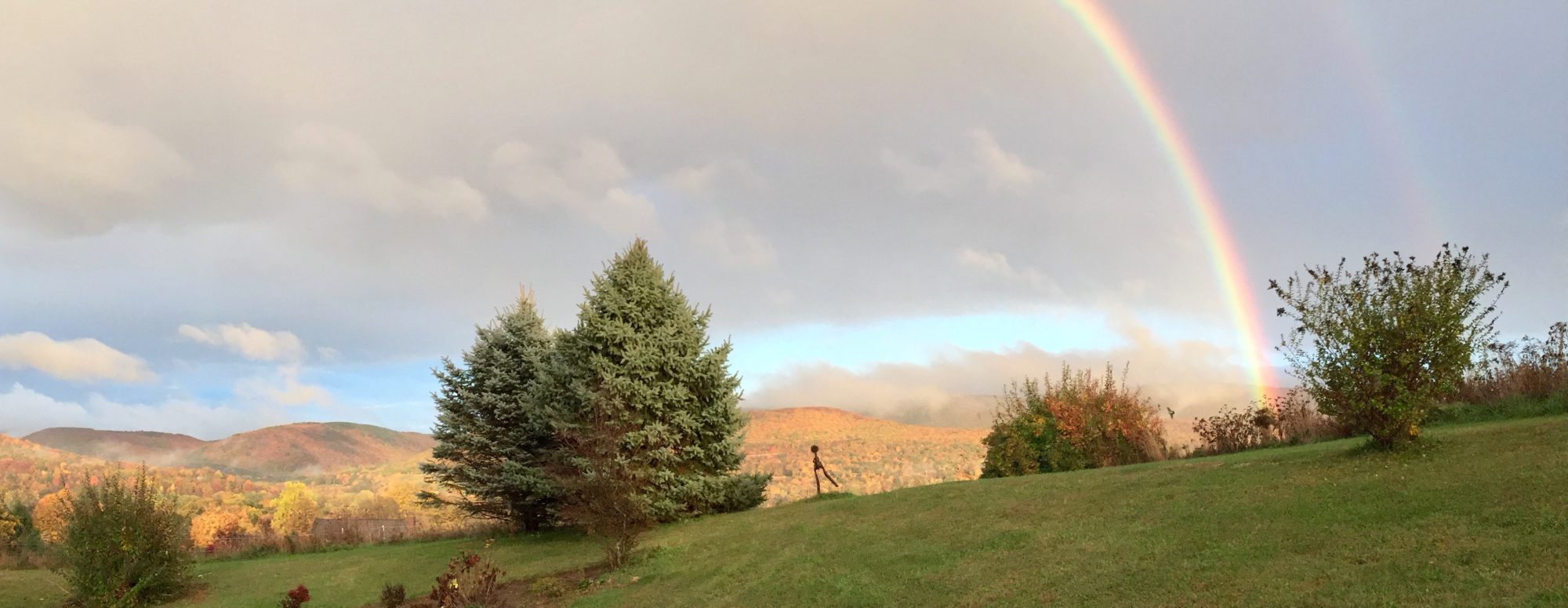 Ayurvedic medicine is one of the world’s oldest holistic healing systems. It was developed more than 3000 years ago in India and is the sister science of Yoga. It is a system that aims to create equilibrium in the body by balancing our three body types, qualities or doshas.
Ayurvedic medicine is one of the world’s oldest holistic healing systems. It was developed more than 3000 years ago in India and is the sister science of Yoga. It is a system that aims to create equilibrium in the body by balancing our three body types, qualities or doshas.
The doshas are derived from the five elements and are in combination as follows:
Vata- Ether (Space) and Air
Pitta- Fire and Water
Kapha- Earth and Water.We all have various combinations of the three doshas and they can be kept in balance by our diets and other lifestyle practices. The doshas have various positive and negative qualities, which not only influence our own natures but also interact with the seasons and even the time of day.
Today I will speak of only one: Vata. The recent heavy winds are a sure way to keep Vata out of balance. Vata is the main dosha of Fall and Winter with the elements of space and air or wind. Vata is the strongest of the doshas and supports the other two. It governs the nervous system. It is responsible for movement in the body such as respiration, blood flow, breathing and elimination. Some of its qualities are coldness, dryness, roughness and light.
People with a balanced Vata type can be energetic, flexible, quick minded, creative and also on the go in a healthy way. When Vata is unbalanced, the person may feel ungrounded and confused. They may be prone to anxiety, insomnia, fatigue, poor circulation, muscle imbalance and constipation.
An imbalance of Vata can result from exposure to very cold climates and winds. Imbalance can also result from constant stimulation, certain types of food, and a lot of plane travel, drugs, sugar, and alcohol.
Fret not! Yoga can help! There are ways to balance and pacify the Vata Dosha even on a cold, dry, and very windy day. Yoga poses that keep us grounded and massage our joints and muscles are important. Slow but steady poses that encourage the downward flow of energy are essential to help calm the mind and release nervous tension. One of my favorite Vata tamers is legs up the wall, on a chair or supported bridge. Poses that encourage feet over heart will improve circulation.
Grounded forward folds and twists can compress the organs of the abdomen to aid in digestion and elimination. Pranayama techniques such as alternate nostril breathing are beneficial.
- Suggested poses:
1. Balasana- child’s pose
2. Adho Mukha Svanasana – downward facing dog
3. Halasana- plough pose or variations
4. Prasarita Padottanasana- wide leg forward bed
5. Malasana- garland pose (squat)
6. Apanasana- wind releasing pose- knees to chest
7. Salamba Virasana- supportive hero’s pose
8. Various restorative style poses with the use of props
9. Meditation and Savasana- last but certainly not least.Ayurvedic Vata Balancing Tips for the Cold and Windy Season: Dietary Suggestions:
Favor Warm over Cold. Consume warm food cooked with digestive spices such as ginger, turmeric , anise, basil, bay leaf, black pepper, cardamom, cinnamon, coriander, cumin seeds, fennel, and garlic (see reference for complete list)
Favor Moist and Oily Over Dry. Eat cooked rather than raw foods and garnish with healthy oils or ghee. Stay well hydrated. Beverages should be hot, warm or at least room temperature. This includes milk.
Oily foods such as avocado, olives, buttermilk, and coconut are ideal. Avoid drying foods such as popcorn, crackers and white potatoes. Soups and stews are great.
Favor Grounding and Stabilizing Over Light. But do not eat too much in one sitting. Enjoy cooked grains, spiced milk, root vegetables, nuts and seeds. Avoid processed goods and pastries. Beans may not be the best choice except for tofu and mung bean Dahl.
Enjoy bananas, rice pudding, cooked cereal, and root vegetables and cooked fruit.
In summary, Vata is pacified by sweet, sour and salty and aggravated by bitter pungent, and astringent.
Keep in mind these are suggestions only and may not work for everyone including people with diet restrictions or specific medical conditions or allergies.
Self Care:
Please avoid becoming chilled- wear layers of clothing to keep you warm. Make sure hands and feet are protected from the cold and retain body heat by keeping your head covered.
Try performing a daily self massage- (Abhy) using warm oils such as almond or sesame. Massage by a therapist or partner would be wonderful.
Choose exercises that enhance balance and flexibility.
Drink warming teas such as ginger.
Avoid constipation.
Enjoy soothing, calming music.
Favor warm colors in your clothing and environment-earth colors, warm yellows.
Favor aromas that are sweet, heavy and warm- basil, cinnamon, cloves, pine, lavender, sage, citrus and vanilla.
References:
MotherofHealth.com-The three doshas explained by Jackie Parker.
Ayurvedanextdoor.com
Banyanbotanicals.com
Understanding Vata: Minimize Stress and Feed Your Creativity by the editors at Chopra.com
Suggested textbook:
Ayurveda- The Science of Self-Healing by Dr. Vasant Lad.
Every Day Ayurveda Cookbook- A Seasonal Guide to Eating and Living Well by Kate O’Donnell


This was a very clear explanation of the dosha known as Vata. The drying effect of wind and cold cannot be ignored. I have tried the dietary and yogic suggestions and they work!
Thanks, Peace Mountain Yoga!